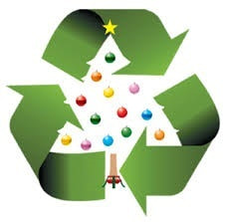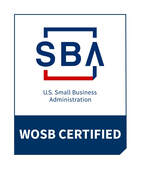 We enjoying seeing families gather around Christmas trees, dogs and cats sit under their branches (sometimes with some extra drama). Christmas is good public relations for trees because their scent, beauty, and majesty play a huge role in holiday memory-making. So, where did the Christmas Tree tradition begin and how did it become what it is today? Here is an historical timeline from the National Christmas Tree Association:
Lighting Tradition. According to the National Christmas Tree Association, lighted candles on Christmas Trees began in France in the 18th Century. However, others report that the origins are associated with Protestant Christian Reformer Martin Luther, who is said to have first added lighted candles to an evergreen tree in the 16th century. Thomas Edison's friend and partner in the Edison Illumination Company, Edward Johnson, is credited with putting together the first string of Christmas Tree lights in 1882. Lights were first mass-produced in 1890. In 1900, large stores began to light big Christmas Trees and in 1933, the tradition of the lighted tree in New York City’s Rockefeller Center began. Recycle Your Tree! Christmas Trees began to be sold commercially in the U.S. 1851. Today, approximately 25-30 million real Christmas Trees are sold in the U.S. each year! So it is a valuable thing for you to recycle your tree. Here are a few helpful tips from Earth 911 to guarantee your Christmas tree doesn’t end up in a landfill:
Whether you celebrate Christmas or not, we hope you enjoy the beauty and majesty of evergreen trees outdoors throughout the holiday season and beyond! Merry Christmas and Happy Holidays from Urban Canopy Works! Comments are closed.
|
|
Urban Canopy Works, LLC | Contact Us | © 2023-25
|
UCW is proud to support: |



